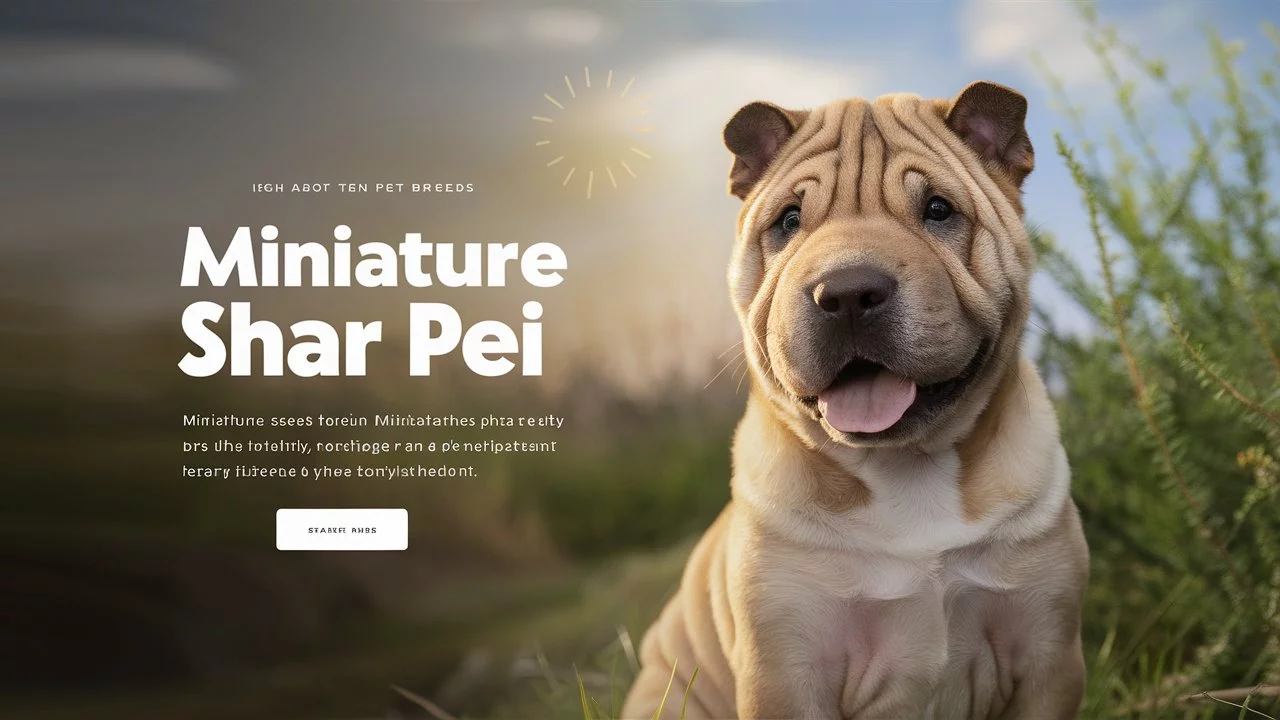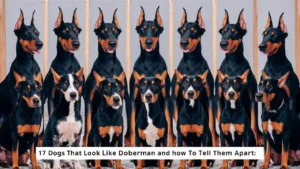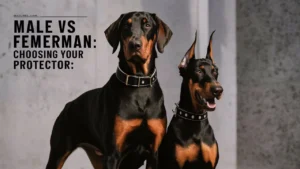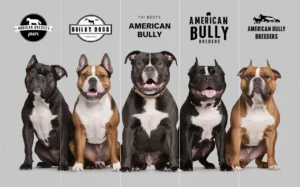The Miniature Shar Pei is a term that has been increasingly popular online, with people seeking a smaller version of the wrinkly, lovable Shar Pei breed. But does this “miniature” version really exist, or is it just a myth driven by misinformation and unethical breeding practices
In this article, we’ll dive deep into the facts to uncover the truth about this so-called breed, the history of the Shar Pei, and the consequences of falling for this trend.
Does The Miniature Shar Pei Dog Really Exist?
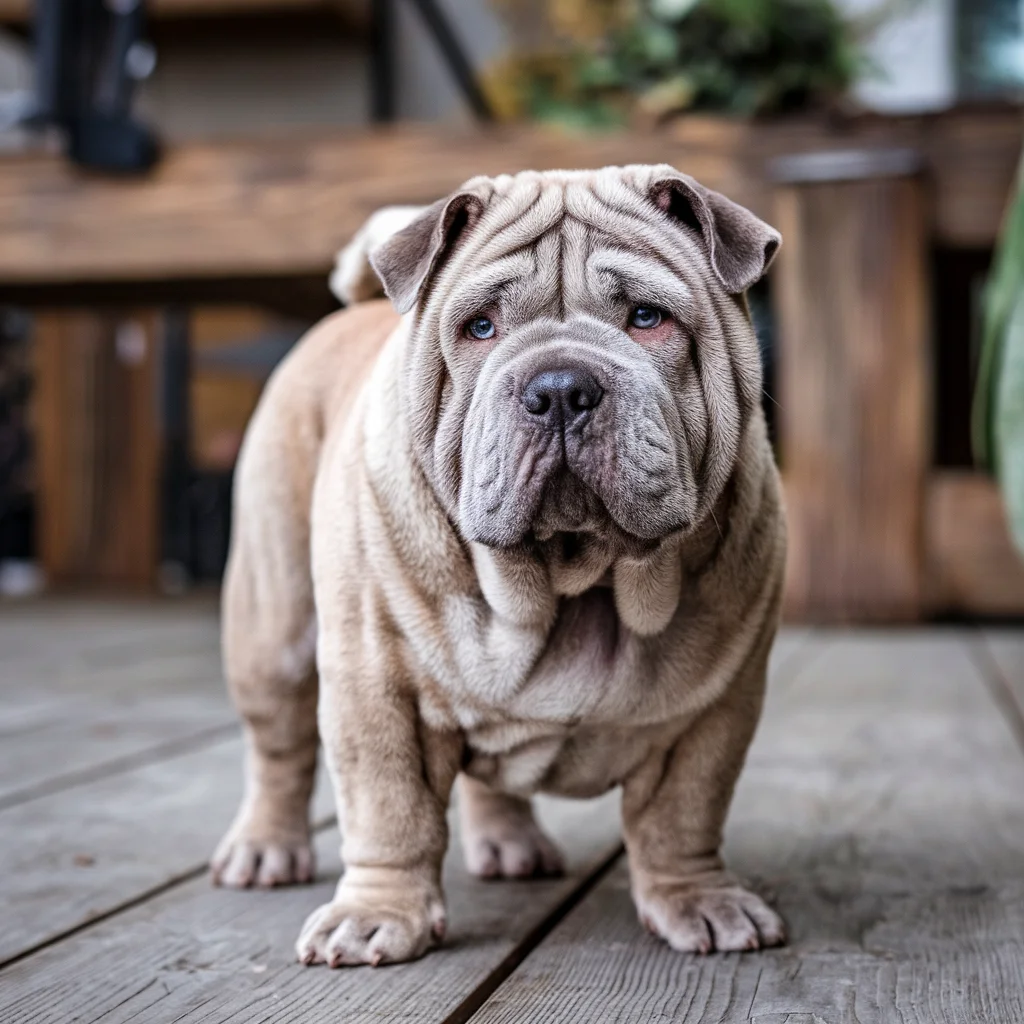
One of the most frequent questions surrounding Shar Pei dogs is whether a Miniature Shar Pei exists as a separate breed. The answer is clear: no, the Miniature Shar Pei is not a recognized breed by any reputable kennel club, including the American Kennel Club (AKC) or Fédération Cynologique Internationale (FCI).
The myth of the “Miniature” Shar Pei likely arose from unscrupulous breeders who marketed smaller, undersized Shar Peis as a unique version of the breed. This marketing strategy has led many potential dog owners to believe that they can find a toy-sized or miniature version of the Shar Pei, which simply isn’t the case. Instead, these dogs are often the result of selective breeding practices that can lead to serious health problems.
Why is the Miniature Shar Pei a Myth?
The Shar Pei breed has clear size standards established by kennel clubs. For example, the AKC defines the ideal Shar Pei as standing 18-20 inches tall at the shoulder, with a weight between 45-60 pounds. Anything significantly smaller may not be a true Shar Pei but rather a dog that has been bred to be smaller, which can come with complications.
Understanding The Shar Pei: The True History and Characteristics
A Breed With Ancient Origins
The Shar Pei is an ancient Chinese breed that dates back more than 2,000 years. Originally bred as guard dogs and hunters, Shar Peis were known for their loyalty, protective instincts, and distinctive appearance. The loose, wrinkled skin that we associate with the breed today was not just for looks—it served as a defense mechanism in fights, allowing the dog to twist and turn if attacked.
Defining Characteristics of a True Shar Pei
- Loose, Wrinkled Skin: One of the Shar Pei’s most recognizable features is its deep wrinkles. These wrinkles are more prominent in puppies and may become less noticeable as the dog matures.
- Blue-Black Tongue: Like the Chow Chow, the Shar Pei has a blue-black tongue, a rare trait in the dog world.
- Distinctive “Hippo” Face: The breed’s broad muzzle is often referred to as a “hippopotamus face.”
- Curled Tail: The tail is high-set and curls over the back, adding to the breed’s unique silhouette.
The Three Types of Shar Pei: Defining the Breed
It’s important to understand the three main types of Shar Pei to better grasp where the misconception of the “Miniature Shar Pei” might have come from.
Traditional Shar Pei
The Traditional Shar Pei, also known as the “Bone-Mouth Shar Pei,” is closer to the original version of the breed that existed in China thousands of years ago. These dogs typically have fewer wrinkles and a narrower muzzle compared to the more wrinkled, Westernized versions we see today.
Western Shar Pei
The Western Shar Pei is the version that most people are familiar with. These dogs were selectively bred in the West for their extreme wrinkling and bulkier build. They tend to have more health issues related to their skin and wrinkles compared to their traditional counterparts.
Debunking The Miniature Shar Pei: Understanding the Myth’s Origins
How Did the Miniature Shar Pei Myth Begin?
The Miniature Shar Pei myth began as breeders started marketing smaller Shar Peis as a separate breed, likely to cater to the increasing demand for designer dogs and “miniature” versions of larger breeds. The idea of a pocket-sized Shar Pei appealed to those living in apartments or those who wanted a smaller, more manageable version of this unique dog.
Unfortunately, this demand led to unethical breeding practices where Shar Peis were bred to be smaller, often through unhealthy means like inbreeding or crossbreeding with smaller dog breeds.
The Consequences of Believing in the Miniature Shar Pei
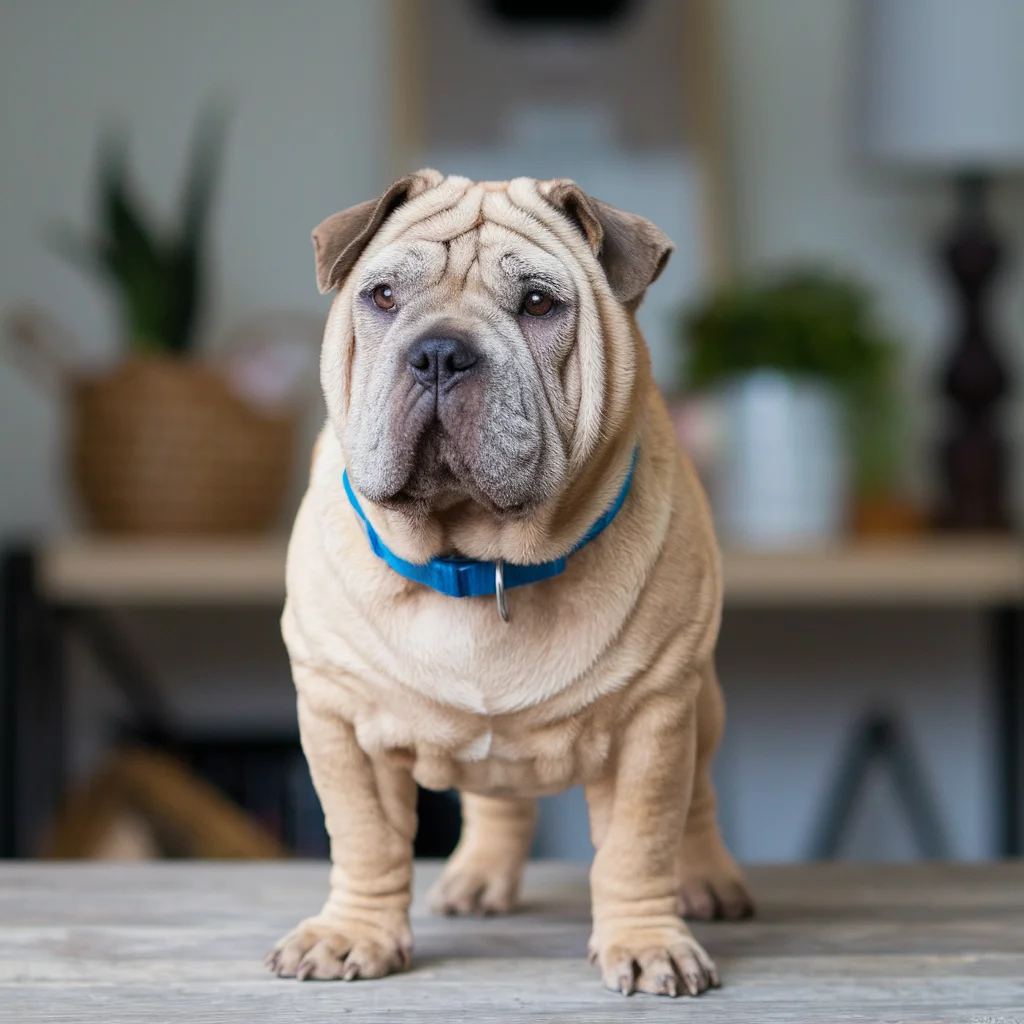
Owning a so-called Miniature Shar Pei can come with significant downsides, both for the dog and its owner. Miniaturizing a breed is not as simple as just breeding smaller dogs; it often leads to:
Health Problems
Shar Peis already have a number of genetic health issues due to their unique build, including:
- Shar Pei Fever: A hereditary condition causing periodic fevers and inflammation.
- Skin Issues: The breed’s excessive wrinkles can lead to skin infections and irritations if not properly cared for.
- Joint Problems: Breeding for smaller size can exacerbate existing issues like hip dysplasia or elbow dysplasia.
When these dogs are bred to be even smaller, these health risks increase. The process of reducing their size often results in deformities, increased vulnerability to illness, and shorter lifespans.
Ethical Concerns: The Dark Side of Miniaturization
The trend of creating “miniature” dogs often leads to unethical breeding practices. This is especially true for a breed like the Shar Pei, where size manipulation can come at a severe cost to the dog’s well-being.
Unethical Breeding Practices
Breeders who produce these so-called Miniature Shar Peis often engage in unethical practices, such as:
- Inbreeding: This can cause serious health problems due to limited genetic diversity.
- Crossbreeding with Smaller Dogs: In some cases, these breeders may cross Shar Peis with other small breeds to achieve a smaller size, which dilutes the breed and creates unpredictable temperaments.
- Early Weaning and Selling: Many unethical breeders sell puppies at an earlier age than recommended, leading to dogs with behavioral issues or poor socialization.
Combating The Miniature Shar Pei Myth: What Can Be Done?
Educating Potential Owners
The best way to combat the Miniature Shar Pei myth is through education. Potential dog owners need to understand that if they want a healthy Shar Pei, they should adhere to established breed standards and only purchase dogs from reputable breeders.
- Avoiding Misinformation: Potential owners should be wary of breeders or websites marketing “rare” or “miniature” versions of any dog breed.
- Supporting Ethical Breeders: Look for breeders who prioritize the health and temperament of their dogs over aesthetics.
How To Identify Reputable Breeders: Key Signs To Look For
Choosing a reputable breeder is one of the most important steps in ensuring you get a healthy, well-adjusted Shar Pei. Here are some key signs of a responsible breeder:
- Health Testing: Reputable breeders will have their dogs tested for common genetic health conditions and be transparent about the results.
- Breeder Transparency: A good breeder will be open about the lineage of their dogs and allow potential buyers to visit the breeding facilities.
- Waiting Lists: Responsible breeders often have waiting lists for their puppies, as they do not breed dogs excessively for profit.
- Socialization and Early Training: Puppies from ethical breeders are usually well-socialized and accustomed to human interaction before being sold.
Conclusion: Separating Fact From Fiction
The idea of the Miniature Shar Pei is nothing more than a myth perpetuated by unethical breeding practices and misinformation. The Shar Pei is a fascinating, unique breed with a rich history and distinctive traits that deserve to be preserved—not manipulated for novelty.
In conclusion, the Miniature Shar Pei doesn’t exist as a separate breed, and pursuing one could lead to more harm than good. Stick to the true Shar Pei, and you’ll have a loyal, loving companion for years to come.
